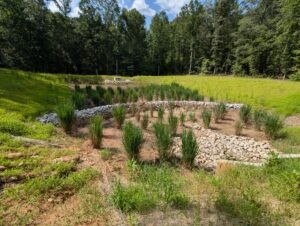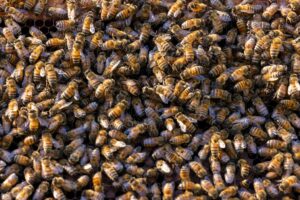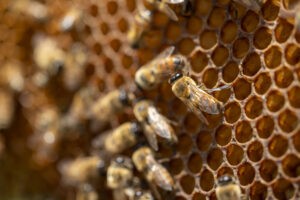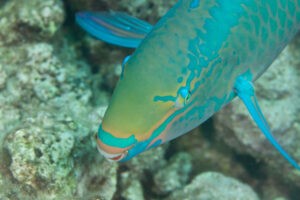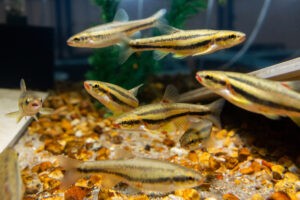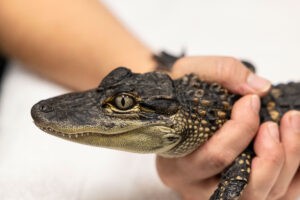University of Georgia, Spelman College and Georgia Gwinnett College to study knowledge community’s watershed health
The Odum School is part of an interdisciplinary research project focused on sustainable watershed development at a 2,000-acre site along Highway 316 in Gwinnett County, Georgia.

